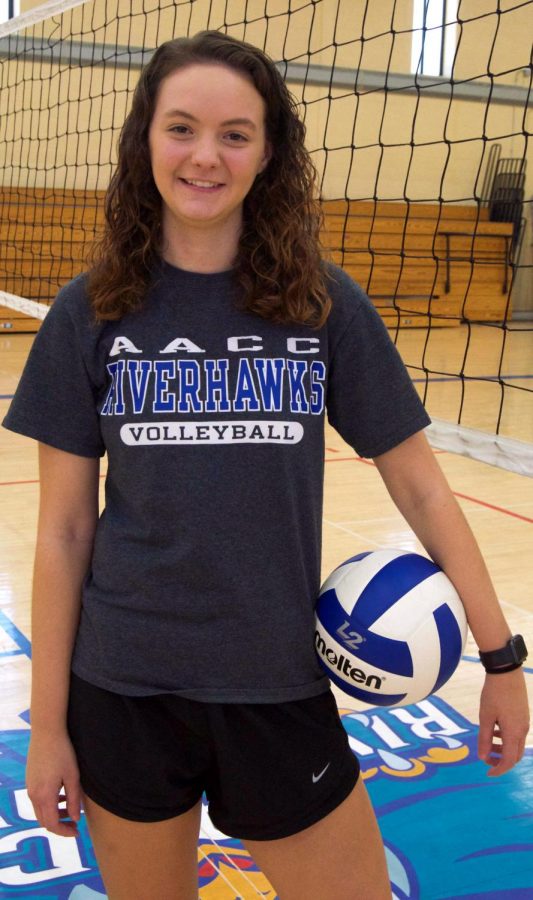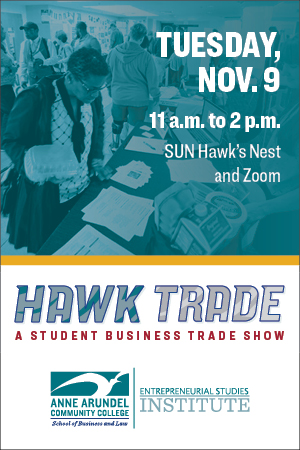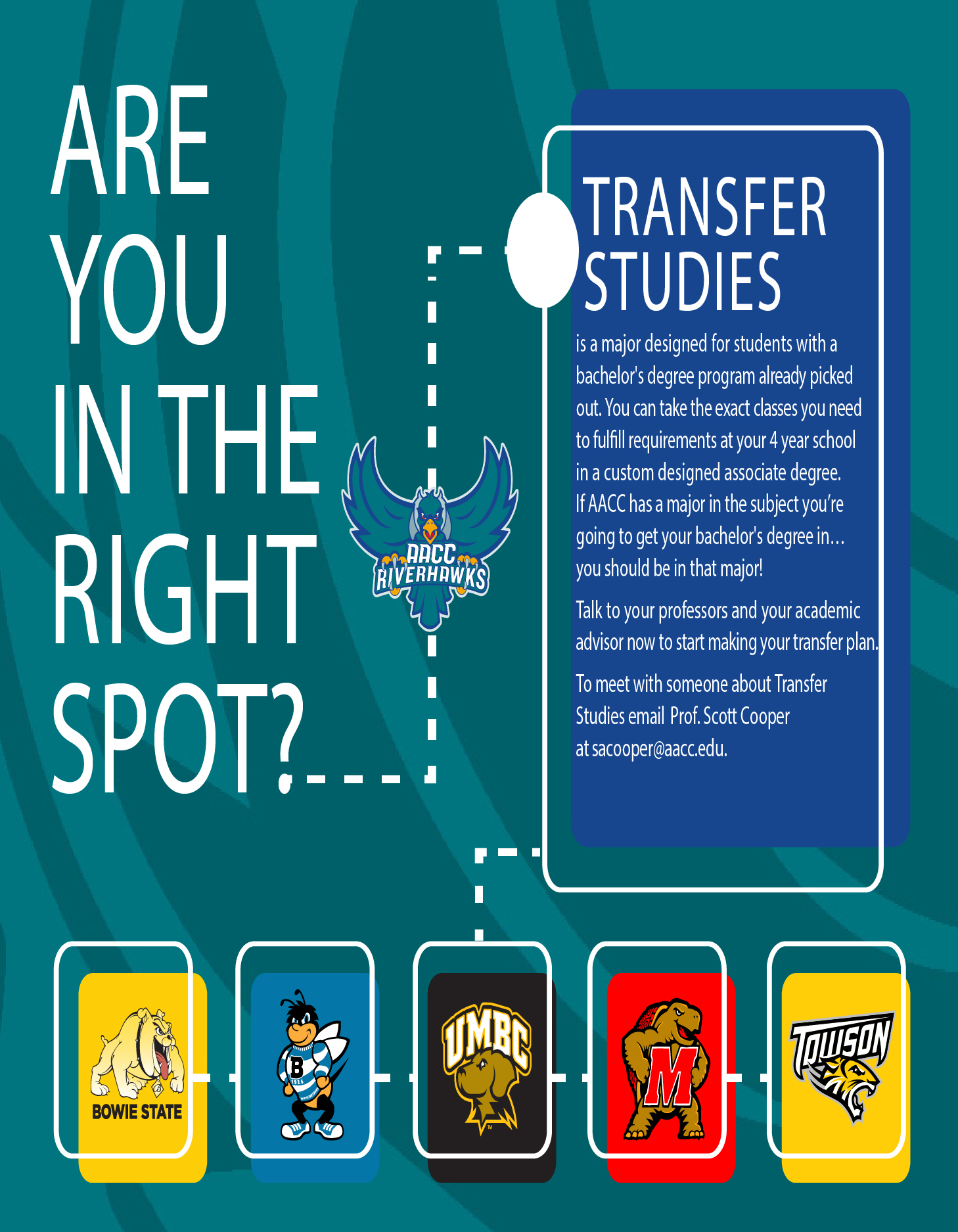New clubs start weekly meetups this semester
Computer science major Emelyn Wilkerson started the Volleyball Club to teach other people the sport.
November 1, 2017
Two new clubs, a recreational Volleyball Club and the HIT—Health Information Technology—and Medical Coding club, both started meeting this semester.
The Student Advisory Council—a group of student club presidents—authorized both clubs on April 3.
Members of the Volleyball Club meet weekly to practice their scrimmage skills with each other.
“No skills or experience is needed,” Neil Sullivan, co-founder of the club, said.
According to Emelyn Wilkerson, a fifth-semester computer science major and president of the club, an average of three to six students come to the meetings.
Wilkerson and Sullivan “created the club for fun,” Wilkerson said. “We want to teach other people the sport, and it’s a great stress release after class.”
Wilkerson said she played middle blocker for AACC’s Women’s Volleyball during her first year at the college.
The Volleyball Club meets every Thursday in the gym from 11 a.m. to 1 p.m.
The HIT and Medical Coding club also meets weekly.
Club President Ann Hoard, a senior health information major, said one of the club’s goals is for students to meet with each other to learn about the field of medical coding.
“We provide support to our fellow students who are in the medical coding field as well as the health information management programs, but we welcome all students,” Hoard said.
Medical coding deals with safeguarding personal medical information. Medical coders are responsible for ensuring patients’ health information only goes to the people who need it, such as doctors, nurses and insurance companies.
They also match diagnoses and procedures with universal codes for insurance companies and health care providers.
Hoard said another goal of the club is to inform people about what happens “behind the scenes” of the medical field so they “know their rights” as they pertain to medical data.
“We are just happy to be here,” Hoard said.
Students can form their own clubs at any time during the school year as long as at least 10 students are interested and a faculty member has agreed to advise it.
“Joining a club is one of the fastest ways to make friends, and if you start a new club you find people who are interested in the same thing,” Chris Storck, director of Student Engagement, said. “It’s important for students to get involved on campus.”
To file for club status, students draw up a constitution, including a mission statement and information about officer positions and membership requirements.Then they present that information to the Student Government Association.
If the SGA approves the club, the Advisory Council can accept or reject it at the next monthly meeting.
According to Storck, students form five or six new clubs every year.











